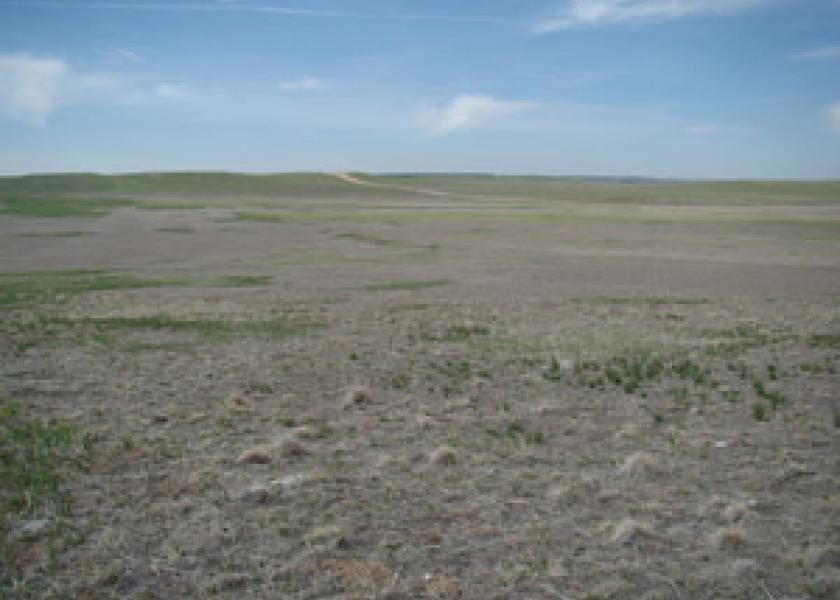Stretching Your Grazing on Drought-Stressed Pastures

Feeding hay is just one strategy to consider when trying to compensate for drought-stressed pastures.
By: Bruce Anderson, Forage Specialist, University of Nebraska
The open winter left many producers with more hay left over than expected. Producers should consider saving some of that hay in case drought conditions continue to develop. Despite receiving some rain or snow recently, most areas still are very dry below the surface.
Drought is likely to be a problem again this summer, at least somewhere. Because hay is expensive and pastures short, we need to consider ways to minimize damages if we receive less than average rainfall. Fortunately, early spring is a time you can take action that can minimize some of drought's problems.
Use remaining hay
For starters, prepare a strategy for using any remaining hay. One of the better options is to feed hay a bit longer this spring before turning cows out to permanent pasture. I know this action is exactly opposite of my usual recommendation to graze more and feed less hay. But, allowing pastures to accumulate a bit more growth before grazing begins will provide more total grazable forage if drought prevents much regrowth later on.
Leftover hay also can be used later during the summer to give pastures more time to recover between grazings. Grass weakened by heavy grazing the past couple of years then will get extra time to recover before experiencing this year's stress of grazing.
Plant annual forages for pasture or hay
Another strategy is planting annual forages for pasture or hay. Oats planted now or summer annual grasses like sudangrass, sorghum-sudan hybrids, and pearl millet are excellent choices. Wait until soils are good and warm before planting these summer grasses, though. Late May or early June usually is best.
Reserve some ground now for these drought-insurance grasses, before you plant everything to corn, beans, and other crops. And don't forget about possibly planting these grasses or even some fall cover crop forages into wheat stubble as a double crop after harvest. For more information see the webinar "Growing Annual Forages".
If the rains don't come, planning and acting now to reduce potential forage losses from drought will pay big dividends.







